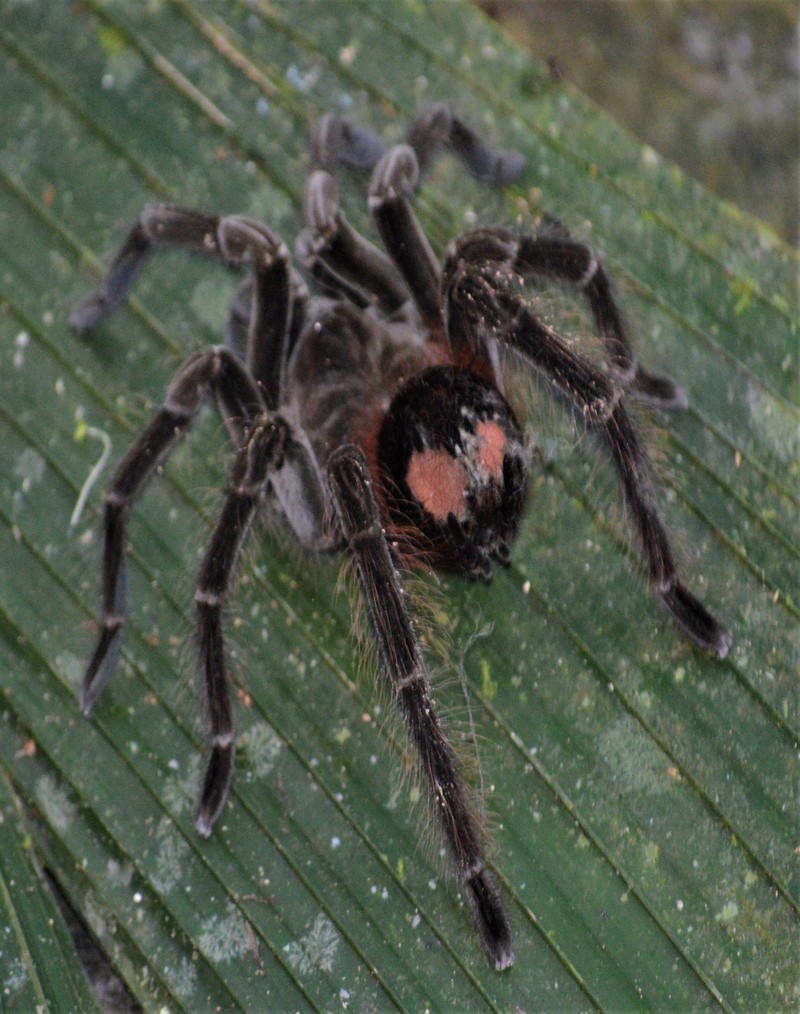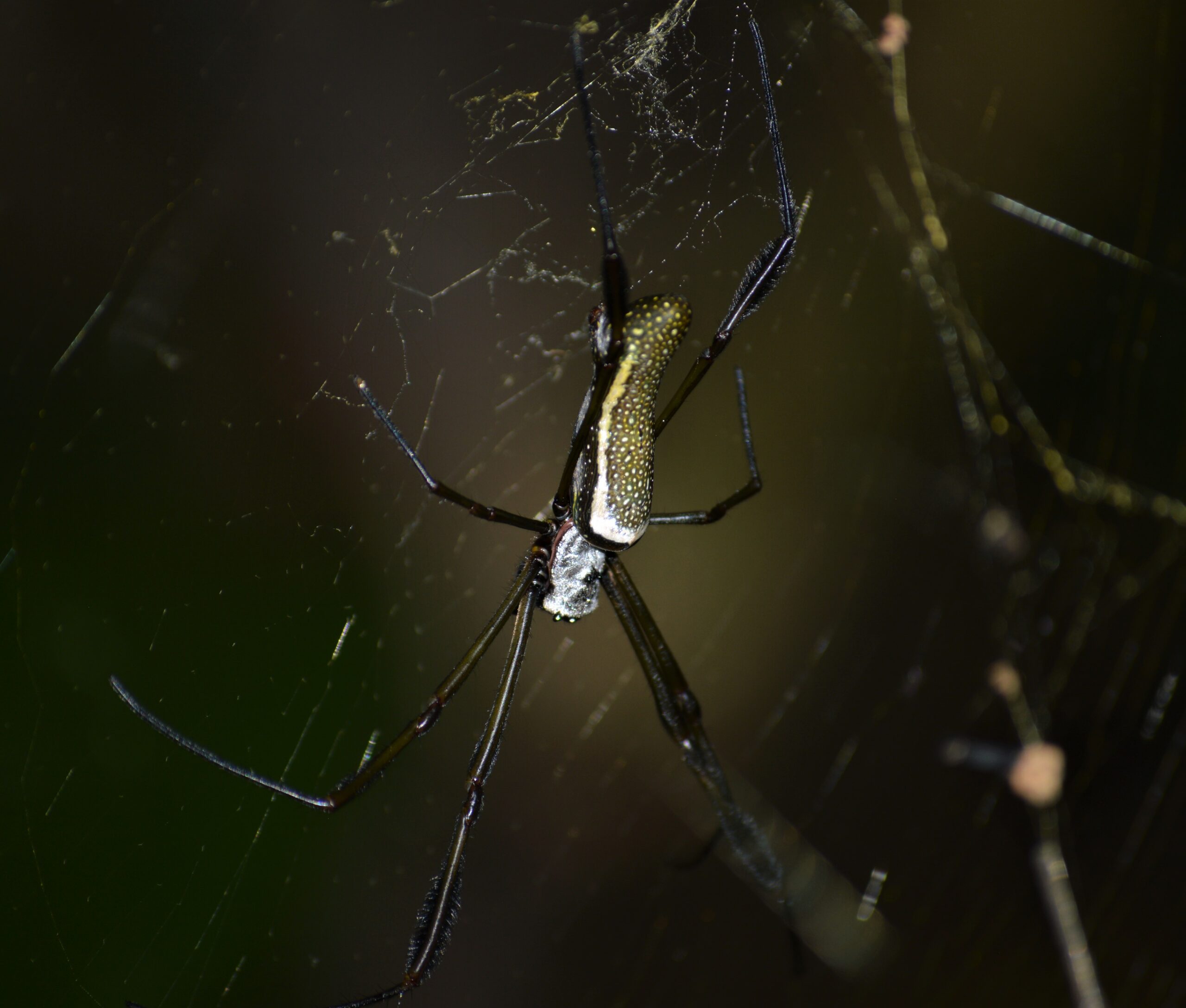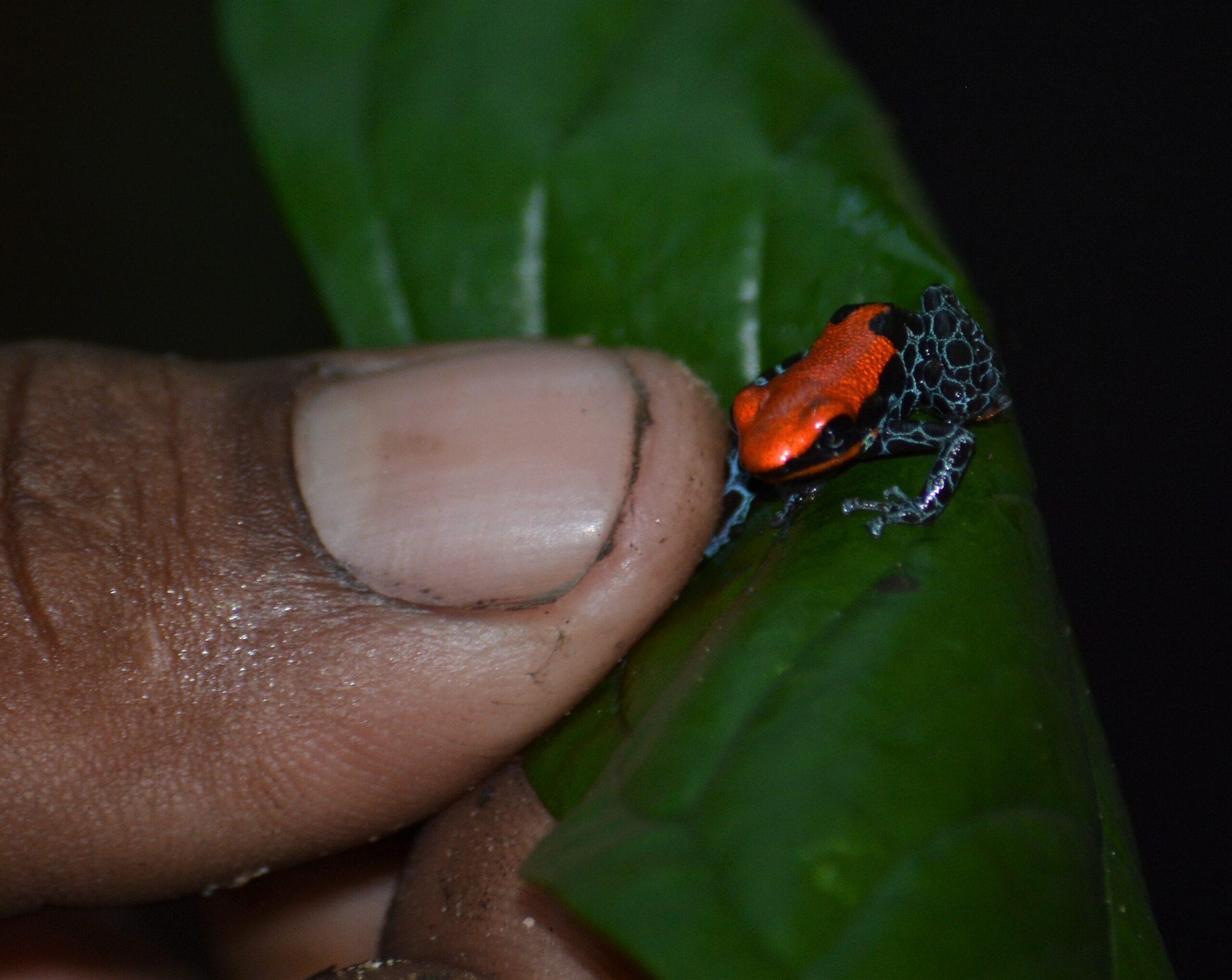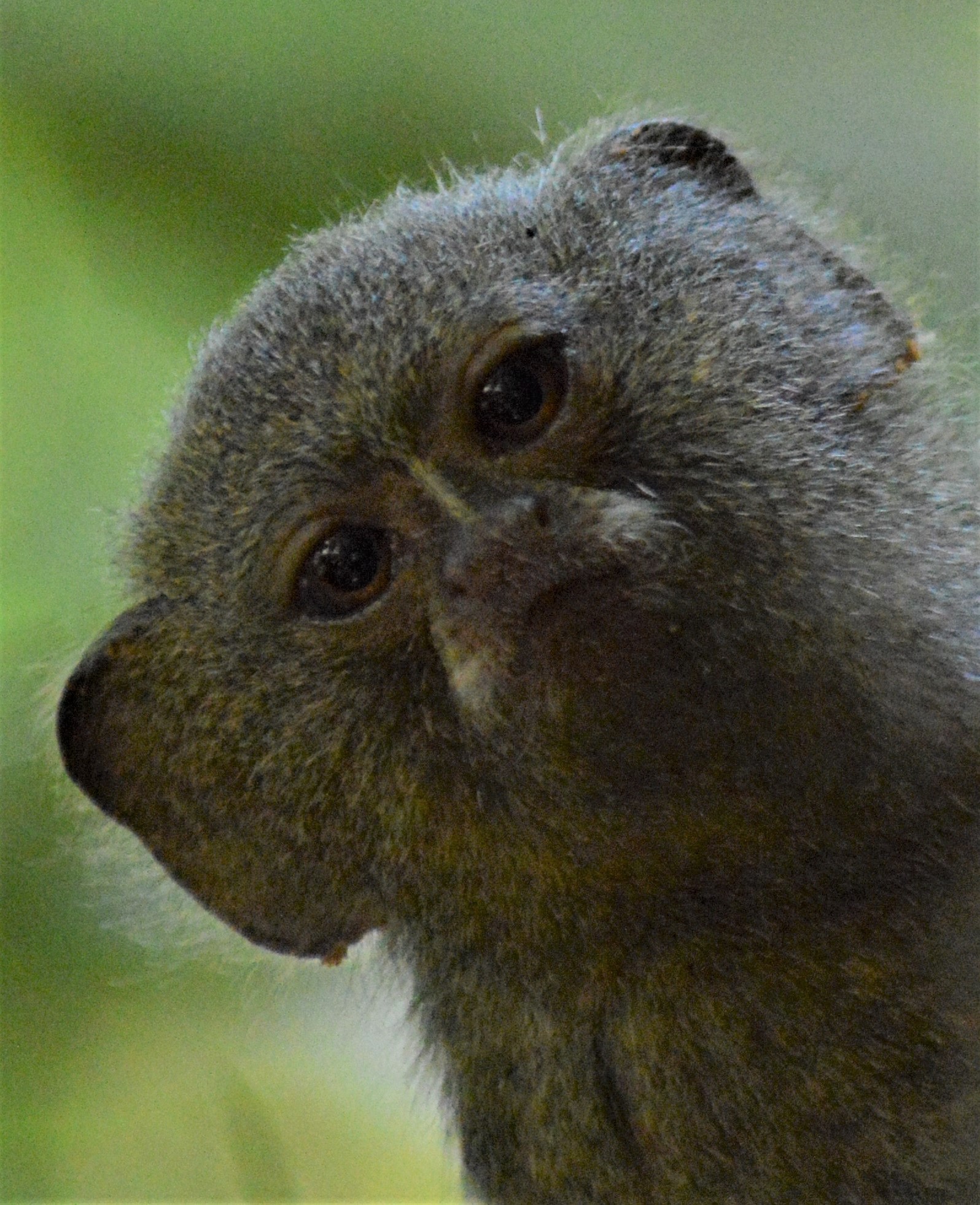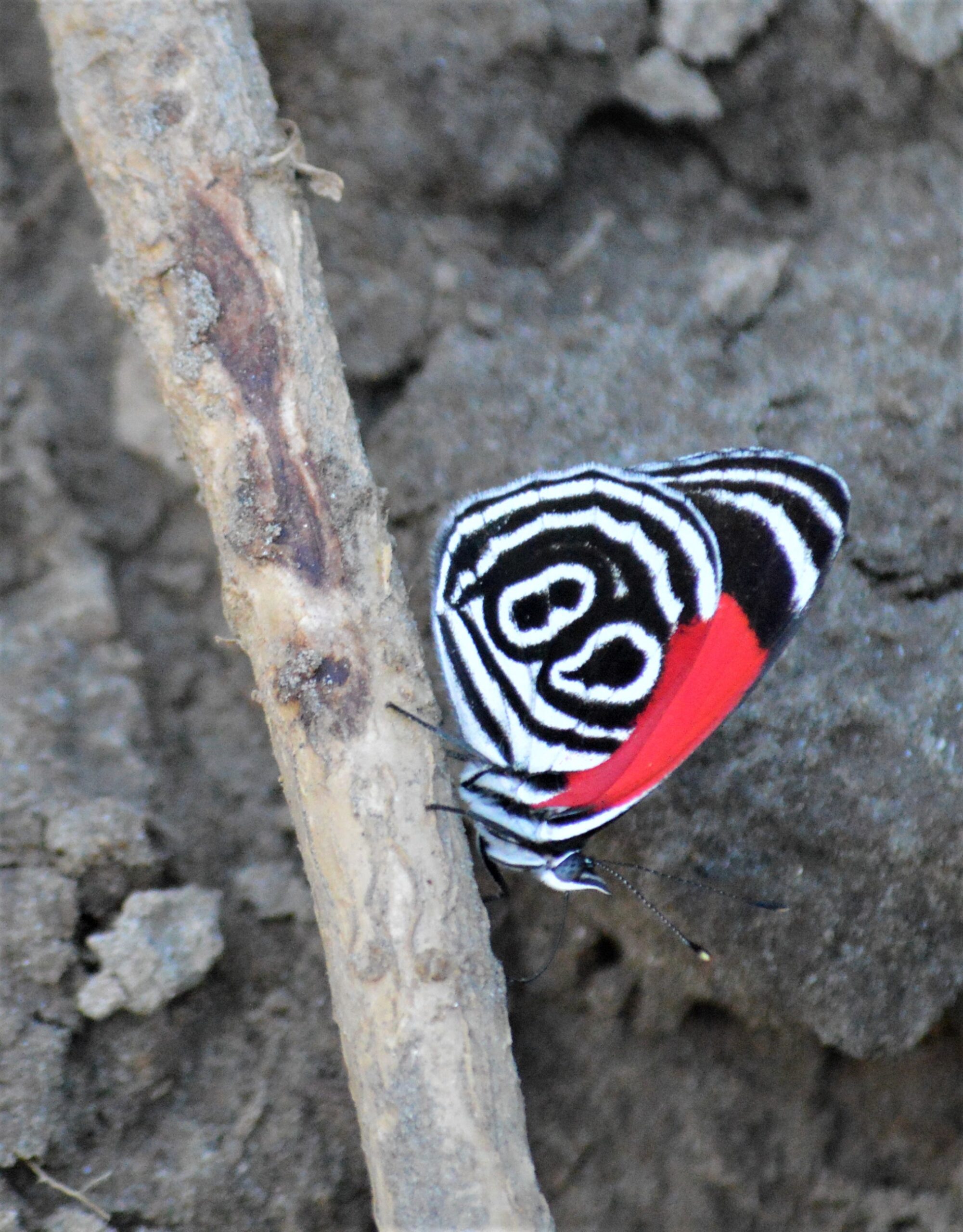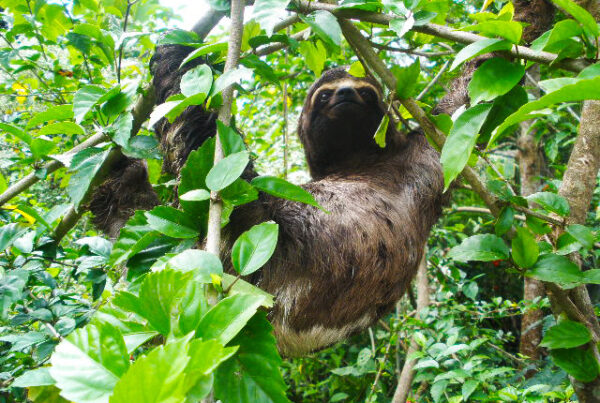Africa has it’s Big Five and Tiny Five of wildlife viewing, so why not the Amazon too. Or more specifically Pacaya-Samiria National Reserve in the Peruvian Amazon.
One of the largest reserves in the entire Amazon Basin protects more than a thousand different animal species. But some are easier to spot (and photograph) than others, especially on riverboat cruises through the reserve with Jungle Experiences.
Here’s the Pacaya-Samiria “Tiny Five” and tips on the best places to find them:
Tarantula
Hundreds of tarantula species are found in most of the world’s tropical, subtropical, and desert regions. Peru alone hosts around 30 species including a number found in the Amazon.
Tarantulas vary in color depending on their environment. They look really scary because of their large, hairy bodies and legs. While they are venomous — and some bites cause serious discomfort that might persist for several days — most bites won’t feel worse than a bee sting.
The eight-legged arachnids may be slow moving, but they are efficient nocturnal predators that prey mainly on insects but also bigger game, including frogs, toads and mice. Tarantulas capture their prey with their legs, inject them with venom, and then bite down with their fangs. They also secrete digestive enzymes to liquefy their captives so they can suck them up through straw-like mouths.
When tarantulas molt they discard their external skeletons and replace internal organs such as the stomach lining. And they can even regrow lost legs.
Look for tarantulas along the jungle trail during the La Posada Canopy Walk, one of several shore excursions offered by Jungle Experiences.
Golden Orb Spider
The golden orb spider is renowned for its impressive webs. Also called golden orb-weavers, giant wood spiders or banana spiders, they’re not very large — females range in size from 1.5 to 2 inches and smaller males less than an inch across. They vary in color from reddish to greenish-yellow — with distinctive whiteness on the cephalothorax and abdomen— and have striped legs.
But their webs are huge. Golden orbs produce large, asymmetric webs up to around five feet in diameter. The hub of the web is in the upper section, which means the majority of the sticky capture strands are found in the lower section. They target many different organisms, from small flies and beetles to cicadas and locusts. However, the super-strong web structure can also trap small birds and bats.
Golden orbs are found throughout the tropics and subtropics around the planet. One of the more distinctive species found in the Amazon is Nephila sexpunctata. In Pacaya-Samiria you can come across their webs on just about any rainforest walk or any water excursion that gets close to river and stream banks.
Poison Dart Frog
These tiny frogs are bright and colorful — yellow, gold, copper, red, green, blue or black or any combination of those colors — with elaborate skin designs to ward off potential predators
But don’t be fooled: there’s a reason they have the word poison in their name. For instance, the two-inch-long golden poison frog boasts enough poison to kill ten grown men. For hundreds of years, the indigenous people of the Amazon have used frog poison to tip their blowgun darts for hunting or combat.
Poison dart frogs capture their prey — mainly small insects, including fruit flies, ants, termites, young crickets and tiny beetles — with an arrow-straight zap from their long, sticky tongues.
Frogs are best seen on night excursions with Jungle Experiences, especially in the vegetation along the park’s many rivers and streams.
Pygmy Marmoset
Also called as pocket monkeys, little lions and dwarf monkeys, the pygmy marmoset is the world’s smallest simian, weighing in at less than five ounces when fully mature. They fluff up their bodies to make themselves look larger to potential prey, but this makes them plump and even cuter.
Living in small groups of up to 12 members, these tiny creatures are very social and vocal. They are known to show great sadness when a member of their troupe dies. But they can also be aggressive with each other and will fight to the death. Their diet consists mainly of sap and tree gum, which they harvest with their sharp teeth. But they will consume plants, fruit and insects if they can’t get enough sap or gum.
Pigmy marmosets live well-hidden lives high up in rain-forest trees, clinging to trunks and branches with their sharp claws. However, their curiosity sometimes brings them down to ground level for a look-see at what humans are doing. Look for them spying on you from the tree trunks during the shaman ceremony at San Regis village.
88 Butterfly
One of the most distinctive creatures in the entire Amazon, the 88 butterfly (Diaethria clymena,) derives its name from the black-and-white design on its wings that bears an uncanny resemblance to the number “88.”
More than a dozen species find a home in the rain-forests of South and Central America, including several different types in the Amazon. If the “88” doesn’t give them away, look for butterflies that are brown or black with a metallic blue or green band on the upper (dorsal) side of the wings, and swirling black-and-white bands with a splash of red on the underside. sometimes create the number 89.
Frequently found among human dwellings, they are considered good luck in many Amazon communities. 88’s are usually seen in groups of two or three, but sometimes congregate in large numbers at favored spots. As with some of the other Tiny Five, the Canopy Walk excursion offers a great chance to spot them.
